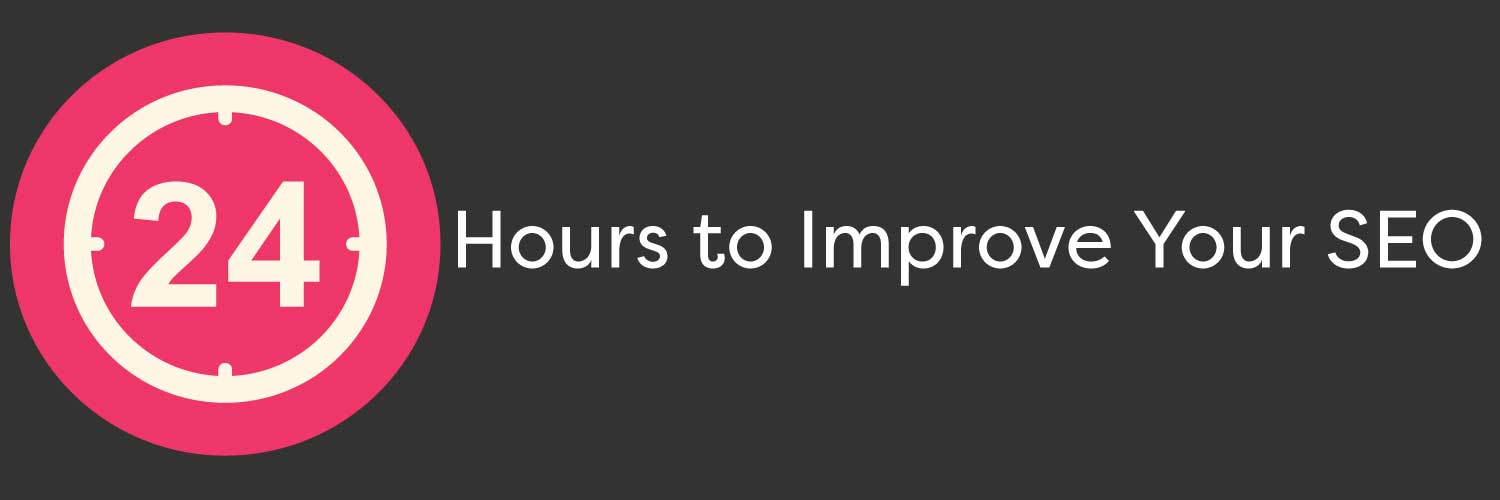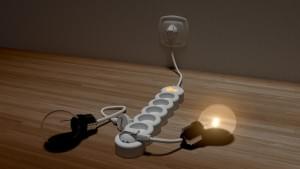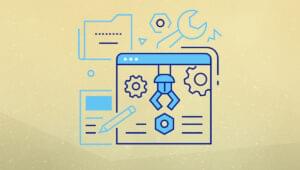
A lot can be done in 24 hours. You can watch 24 episodes of 60 Minutes. Count to 86,400. Possibly reach a human being at your cable company.
And while you won’t see results overnight, 24 hours is certainly enough time to make significant improvements to your website’s SEO.
Repair Broken Links
Broken links hurt your website’s search engine rankings. Fortunately, you can use the following tools to find and repair them.
Google Webmaster Tools can identify external links which generate 404 errors when pointing to your page. You can fix those by links by implementing 301 redirects.
Use the Screaming Frog SEO Spider tool to pinpoint all the broken images and links within your website. Then dive into your code and get to fixin’. If your site is built on WordPress, you can also use their Broken Link Checker.
Trent Blizzard, owner of the website marketing and design firm BlizzardPress, proved how helpful repairing broken links can be for SEO. One week after removing or fixing more than 1,000 broken images, setting up about 100 301 redirects and fixing several dozen internal broken links, the site moved up 1,713 spots.
Optimize Meta Descriptions
Google doesn’t directly factor in meta descriptions to its ranking algorithm, but quality meta descriptions drive higher click-through rates, which in turn influence rankings.
Meta descriptions are displayed under the titles in search results. Many people read these descriptions before deciding whether or not to click through.
Therefore, meta descriptions need to be more than just keyword flypaper; they need to be concise, informative and enticing sales copy that convince users to visit the site and read more.
Try to keep meta descriptions between 150 and 160 characters. After 160 Google will likely truncate the description.
Optimize Title Tags
The title tag is an extremely influential ranking signal, and unlike meta descriptions, Google does factor in title tags to its ranking algorithm. The title tag is also the blue link in a Google search result, so it plays a major role in click-through rates.
Be sure to create descriptive titles that include your strongest keywords, but keep them under 65 characters.
Optimize Headings
Heading tags are important ranking factors, and 24 hours is enough time to revisit past posts and ensure that all pages contain heading tags with basic descriptions of the page content and any crucial keywords.
There are six heading tags available. H1 is the most important, and h6 is the least. It’s crucial to remember that these tags form a hierarchy, and if they’re not used in the correct order, or you skip over a tag, the hierarchy will be broken, and your SEO will suffer.
Optimize Content
Depending on how much content you have, 24 hours may not be enough time to comb through it all, but some optimization is better than none. Focus on more recent posts and ensure they include relevant keywords and search terms.
However, avoid keyword stuffing. If adding a keyword to a particular sentence sounds forced and unnatural, drop it. Only add keywords if it makes sense in the context of the post. It needs to be organic.
Optimize Image Titles and Alt Tags
Yes, even image titles and alt tags can affect SEO. Search engines will crawl your images, and if they contain the relevant search terms, Google might display them in their image search.
Optimize URLs
Each URL is an opportunity to score major SEO points, so ensure the URL contains the main keyword for its corresponding page. Check out this page’s URL for a good example.
But it’s not just what’s in the URL that matters. URLs are made up of eight parts: Protocol, Subdomain, Root Domain, Top-Level Domain, Subfolder, Page, Parameter, Name Anchor. When constructing the URL, always write it in this order.
For an explanation of these eight parts, read number two.
Improve Load Times
Google’s algorithm uses site speed and page speed to help determine page ranking, and the faster the load time, the higher the ranking.
Longer load times also see higher bounce rates. A bounce rate is the percentage of visitors that spend, what search engine’s deem, as an insignificant amount of time on the website. Google does not look favorably upon sites with high bounce rates.
To improve load times within 24 hours, do the following:
Open up your code and declutter your CSS, JavaScript and HTML. This includes removing extraneous commas, spaces, code comments and unused code.
Next, if you haven’t done so already, implement browser caching. This commands a user’s browser to store information such as stylesheets and images so that when a visitor returns to the site, the browser doesn’t have to reload the entire page. For instructions on browser caching, read this excellent tutorial.
Finally, optimize your images by ensuring that they are in the correct format and not overly large. Use PNGs for graphics with less than 16 colors and JPEGs for photographs. Also ensure each image is compressed for the web.
If you’re still experiencing slow load times, consider using CSS sprites. Sprites combine all the images on a page into one single image. This reduces long load times because the site only has to load one image, and generate one server request.
Conclusion
Twenty-four hours may not seem like a lot of time to improve your SEO, but a few quick and simple fixes can do wonders for your SEO mojo. With properly structured, keyword-rich meta data, tags and content, as well as quick loading times and working links, you’re bound to move up in the rankings.
 Joshua Kraus
Joshua KrausJosh Kraus is a Chicago-born, Denver-based writer and mediocre autobiographist with an interest in art, entrepreneurship, and emerging industries. When he's not writing, he attends to his t-shirt business, Bird Fur. Find him at joshkra.us and birdfurtees.com.



